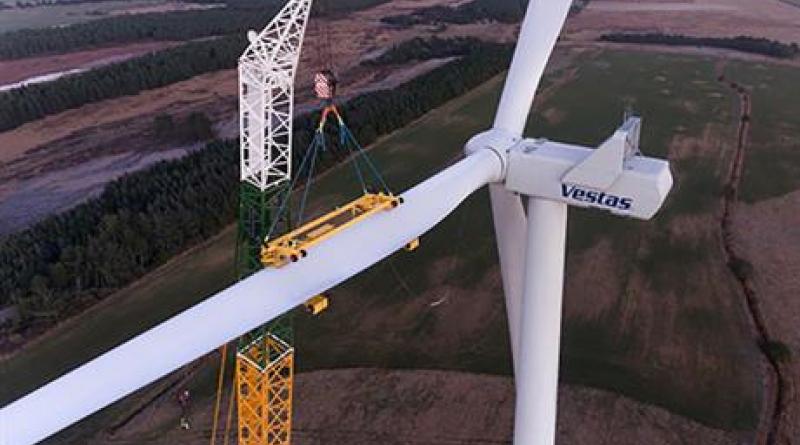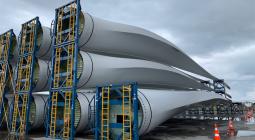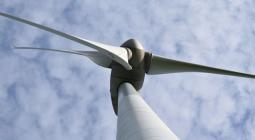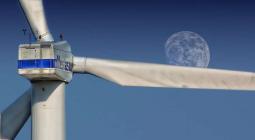Vestas plans 'zero-waste turbines' by 2040.

Vestas plans to eliminate non-recyclable waste from the manufacturing, operation and decommissioning of its wind turbines by 2040, becoming the first turbine maker to announce such a target.
The manufacturer intends to announce a strategy with a circular economy approach to the design, production, service and end-of-life of its turbines within two years.
Its turbines are currently about 85% recyclable, the manufacturer claimed, but its blades are largely made of non-recyclable composite materials.
A Vestas spokesman advised that waste by-products from the company’s wind turbine production typically include packaging and material off-cuts.
The manufacturer's announcement comes two weeks after it revealed its intention to become carbon-neutral before 2030.
Two further sustainabilty targets are expected before the end of the first quarter of 2020.
“If we are to spearhead the energy transition, we must be an example for doing so in the most sustainable way, and this involves making sustainability part of everything we do," said Vestas CTO Anders Vedel.
Vestas has set incremental targets to raise the recyclability level of its blades from 44% today to 50% by 2025 and 55% by 2030.
These targets, including the 'zero-waste by 2040' ambition, apply to Vestas and not its offshore wind turbine manufacturing joint venture MHI Vestas, a spokesman confirmed.
Typically, composite materials used in turbine blades are recycled through cement co-processing.
But Vestas will look at new recycling technologies for composite waste such as glass fibre recycling and plastic parts recovery, and will also investigate how to decrease the amount of waste material being sent to landfill after blade decommissioning, it stated.
Last year, industry body WindEurope launched a project to advance new ways to recycle turbine blades with the continent’s chemicals and composite materials industries.
It expects 12,000 turbines will be decommissioned in Europe in the next five years, increasing the need for a broader range of recycling options.
Research by the University of Cambridge suggested waste generated from wind turbine blades alone will reach about 43 million tonnes by 2050.
20 January 2020
WIND POWER





